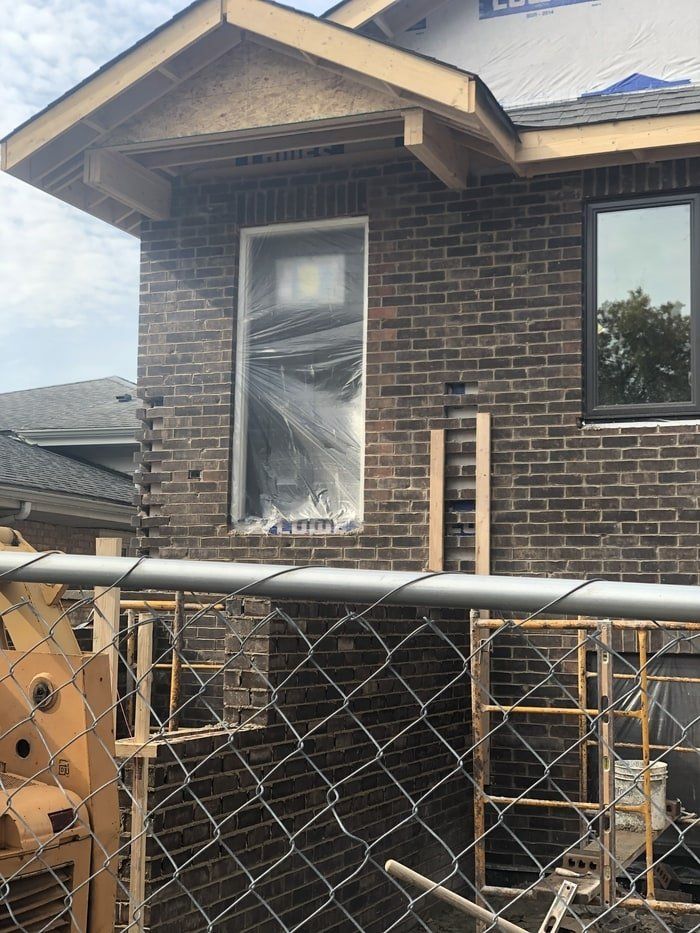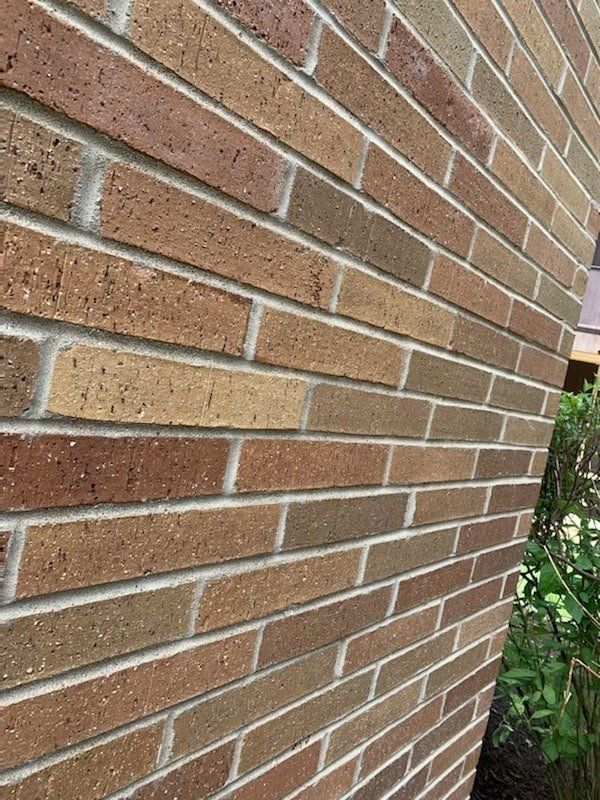How do you know if you need tuckpointing work done to your home?
Tuckpointing is the method of repairing damaged walls and structures that are commonly made of materials such as bricks or stone. Many houses and establishments use bricks and mortar because of how attractive and expensive it can look and how durable the material is. Because many people think that mortar is long-lasting (and it is), it may come off as a surprise that it will eventually need maintenance and repairs, though not as often as other building materials which are not that sturdy in comparison, like concrete.
The process of tuckpointing is commonly done by masonry contractors. If you own a brick building that has been with you for many years, you might be wondering when you need to have it checked for maintenance and fixing.
Before you have your structure inspected, you may want to know what tuckpointing is as to not get it confused with another term like “repointing,” in order to assess if that is exactly what your property needs.
Tuckpointing and repointing, are they the same?
Tuckpointing and repointing somewhat sound the same and are often used interchangeably, but they are different.
Both are a process used to add or fill in a new mortar to an old structure,
However, Repointing is done when a part of masonry is ruined. It is the means of digging and taking out the old and damaged mortar joints that support the structure and refilling it in with fresh mortar therefore sealing it
while tuckpointing is done as a preventive measure for further damages that can happen when masonry is starting to crack or crumble, and is also commonly used to make a building more attractive by the use of two colors which are applied by matching the color of the base and the other one for contrasting the main color, which results to achieving a pleasant appearance.
Tuckpointing and repointing can be done together when preferred or needed as they make your structure sturdier and have a longer life span.
Why do tuckpointing?
The three main reasons why you need to do tuckpointing are:
1. To protect your home from mold
When the mortar in your home is cracked, moisture can enter the walls and be the reason for mold to produce, which can be a significant safety and health risk for the people living inside the building.
2. To prevent further damage to your house
As time passes, the small cracks that remain to be unfixed will eventually weaken your foundation and damage other parts of your house.
3. To make your house more attractive and more expensive
Tuckpointing not only makes your structure more aesthetically pleasing, but a well-maintained house also has a higher property value and will be a great asset if you would want to sell it someday.
How do you know if you should get it done?
The most convenient way to know if your structure needs tuckpointing is by taking a sharp object, for example, a key, then passing it through a portion of the bricks. If you were able to produce a white, powdery substance from the scraped area, you will need to schedule to have your structure looked at by a mason expert.
Inspect your building further and see if there are any of the following signs:
- Crumbling, holes, cracks, or spalling in the mortar
- Loose bricks
- Water or moisture going between the walls
- Discoloration
- When some or all of these marks are present, it is time to call a professional to have your building tuckpointed.
What is the average cost of tuckpointing?
Depending on the materials used, location, and accessibility of your place, tuckpointing costs $625 for a 25 square foot area. The whole process can range from $70 to $3500 on the national average.
To determine if the price can fit your budget, many masons offer to give homeowners the breakdown of costs for free before starting the project.
Keep in mind, though, that there may be times when the predetermined cost can exceed due to other reasons such as labor, difficult to reach areas and other repair expenses that were not apparent during the initial inspection.
Can I do it on my own?
Hiring professionals to do the tuckpointing can be expensive because after all, you are not only paying for the materials and labor but also their expertise in the matter. However, if you want to save the money and are not in an actual hurry to get it done, you can certainly do the tuckpointing yourself.
Make sure that you have all the necessary equipment and are prepared before starting such as a hammer, drill, bucket, tuckpointing tool, and actual materials that will be used, like the mortar dye, muriatic acid, and the mortar mix. It is important to take time to research the materials you will use to make sure it is compatible with the structure you have.
Tuckpointing can be a long process and it takes a huge amount of effort to do it, especially for beginners. The whole task can be overwhelming when you work with the dirt, dust, and grime however it will be rewarding in the long run if done correctly.
How often does it need to get done?
The main reason why bricks and mortar are such popular materials aside from their appearance is because of their longer life span and durability. If the masonry is well-maintained and inspected, tuckpointing is only needed every 20 to 30 years. However, if you live in a place where rainfall and humidity are more frequent, you may need to get it done depending on what or when your local mason advises you to do so.
When is it too late?
When there is an indication of cracks, holes, or discoloration in your home, it is highly recommended to have it fixed as soon as possible. If left unrepaired, they will only get worse up to the point where the damage in your structure is too far gone to be able to have it fixed through tuckpointing. In these cases, more extensive and expensive treatments and repairs will be needed.
If you inspect your home and see large cracks and dents, bricks that are falling out, and huge pieces of fallen mortar, you will probably need to tear down parts or the whole structure to have it rebuilt as your last option.



